Functions of aromatase
Aromatase is an enzymatic system responsible for the conversion of androgens, typically male sex hormones, into estrogens, which are instead characteristic of the female organism. As the name itself reminds us, aromatase has the ability to aromatize the first carbon ring of androgen (ring A) through the oxidation and subsequent elimination of a methyl group.
Both estrogens and androgens are found - albeit in decidedly different concentrations and proportions - in both sexes, where they play leading physiological roles. They are therefore typical but not exclusive of one sex with respect to the other.
In mammals, all steroid hormones, including androgens and estrogens, are synthesized from cholesterol. Examining the various stages of steroidogenesis it can be seen that the secretion of androgens and estrogens is interdependent; the latter are in fact synthesized starting from androgens.
Androgens can therefore be considered the prohormones of estrogen.


The various steps of steroidogenesis are regulated by a series of enzymes, whose concentration and activity constitutes the limiting step of the various biochemical steps. We have already seen how the aromatase enzyme, encoded by the CYP19 gene, is able to convert 19 carbon androgens (androstenedione and testosterone) to 18 carbon estrogens (estrone and estradiol respectively).
Located in the endoplasmic reticulum of the cells in which it is expressed, aromatase is an enzyme complex consisting of two components: cytochrome P450 aromatase (aromatase P450) and flavoprotein (NADPH)-cytochrome P450 reductase.
Cytochrome P450 reductase contains the heme group and the binding site of steroids; in the presence of molecular oxygen and NADPH, it catalyzes the series of concentrated reactions that lead to the formation of the A-phenolic ring of estrogens, while NADPH-cytochrome P450 reductase is responsible for the transfer of reducing equivalents from NADPH to cytochrome P450.
For each mole of androgen synthesized, 3 moles of O2 and 3 moles of NADPH are required.
The transcription of the gene for aromatase, as well as the expression of the enzyme itself, occurs in a large number of tissues, such as gonadal (testes and ovary), endometrial, adipose, muscle, liver, brain, hair (l " aromatase opposes hair loss and hair growth), connective and placental.
Aromatase inhibitors
In women of childbearing age, the ovary is the major producer of estrogens. In men and in postmenopause, however, these hormones are largely produced by the peripheral conversion of androgens by aromatase. Being an enzyme characteristic of adipose tissue, the lower levels of testosterone in obese men compared to normal weight are related precisely to the greater activity of aromatases. Not surprisingly, elevated estrogen concentrations in males are typically accompanied by reduced fertility, gynecomastia and erectile dysfunction. However, too high levels of estrogen are also dangerous in women, as this is a known and documented risk factor for numerous forms of breast cancer. Since cancer cells need estrogen for their proliferation, one of the most popular therapeutic approaches is to deprive them of this support. For this reason, in menopausal women, this result can be achieved through aromatase inhibitor drugs (Anastrozole - Arimidex ®, Letrozole - Femara ®, Exemestano - Aromasin ®). These medicines are also illegally used in sports, especially in body building. , to prevent anabolic steroids taken for doping purposes from being rapidly converted into estrogen to maintain homeostasis; this conversion is an undesirable event, as it promotes water retention, tends to increase fat reserves and can cause gynecomastia. Again with the aim of increasing plasma levels of endogenous, or possibly exogenous, testosterone, aromatase inhibitors can also be used in the prevention and treatment of andropause.

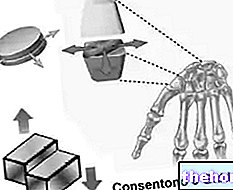
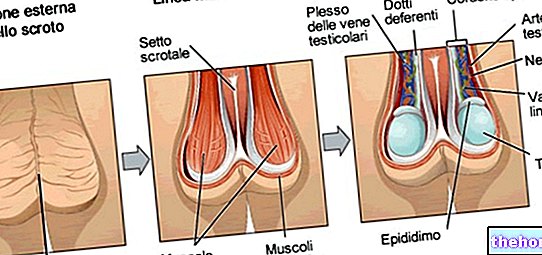

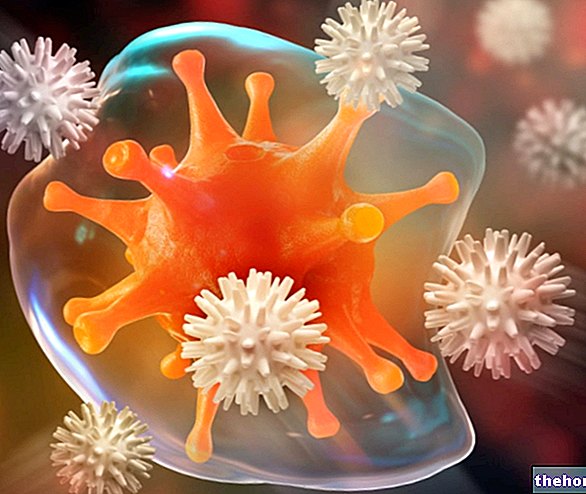
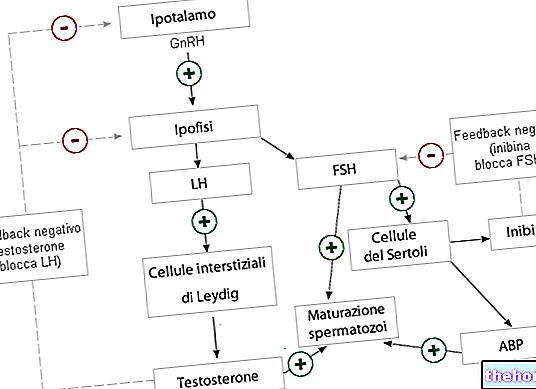
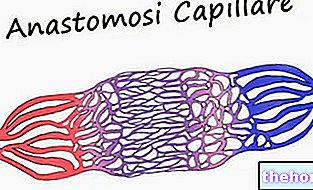


.jpg)


















